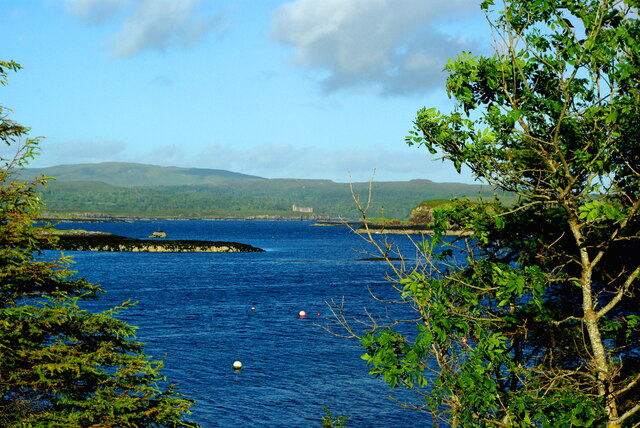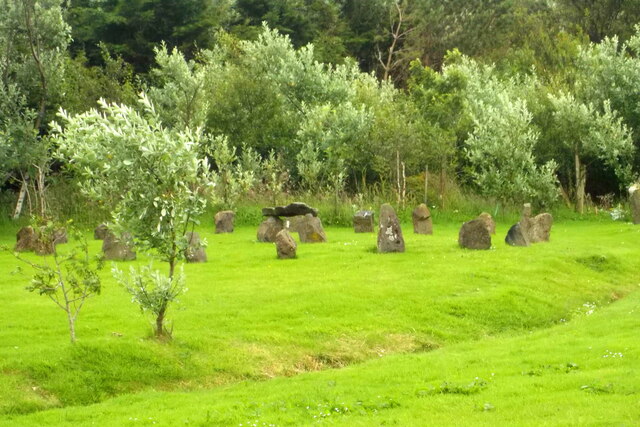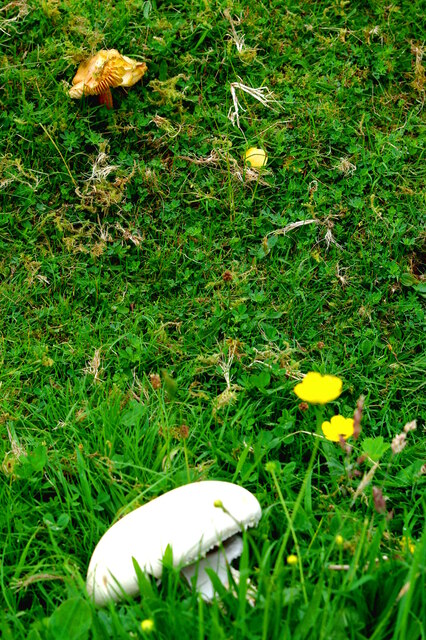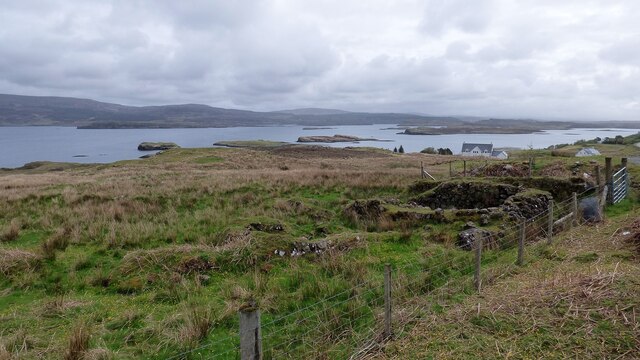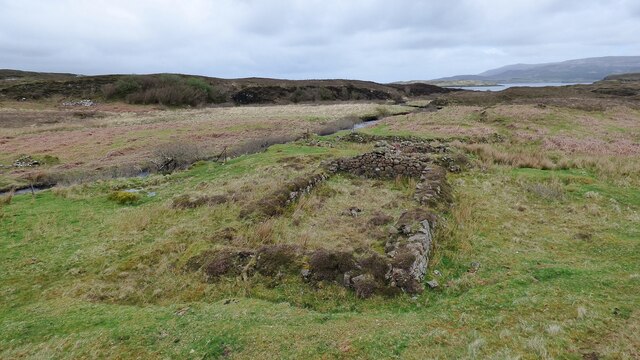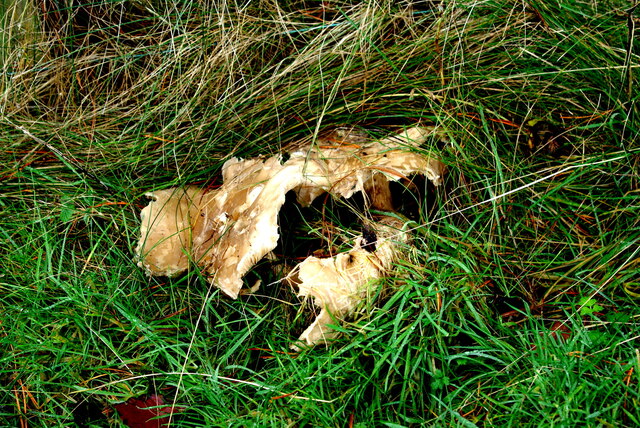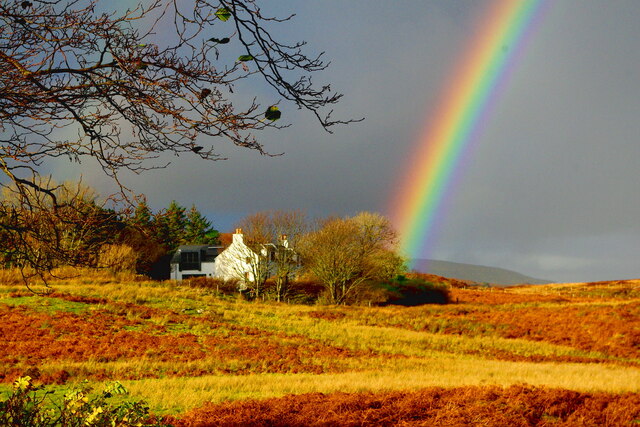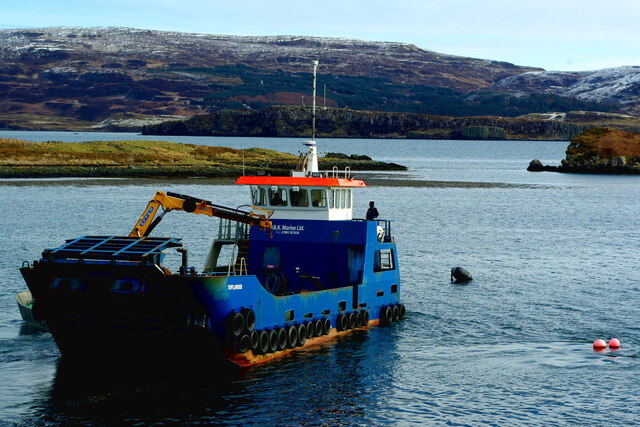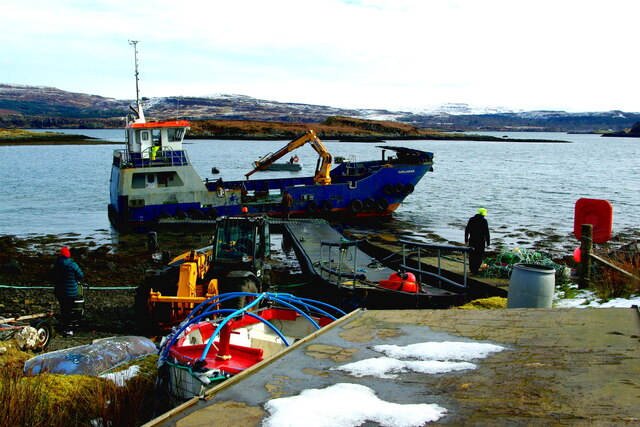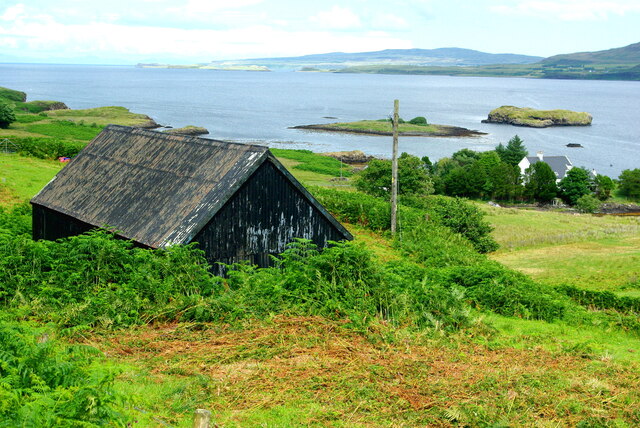Cnoc a' Bhonnaich Mòr
Hill, Mountain in Inverness-shire
Scotland
Cnoc a' Bhonnaich Mòr
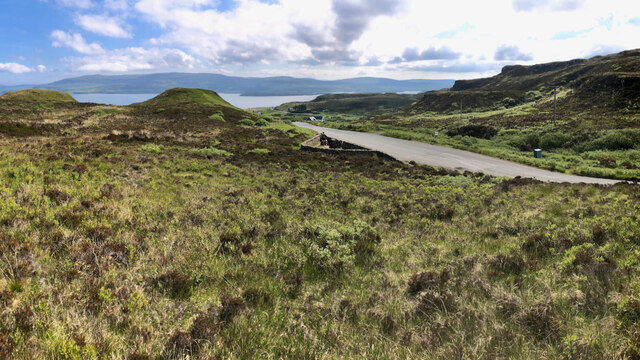
Cnoc a' Bhonnaich Mòr is a prominent hill located in the Inverness-shire region of Scotland. Rising to an elevation of approximately 644 meters (2,113 feet), it is situated in the remote and picturesque landscape of the Scottish Highlands. The hill is part of the Monadhliath Mountains, a range known for its rugged beauty and outstanding natural features.
Cnoc a' Bhonnaich Mòr offers breathtaking panoramic views of the surrounding countryside, including the nearby Loch Ness. Its remote location and untouched terrain make it an ideal destination for outdoor enthusiasts and hikers who seek to explore the wilderness of the Scottish Highlands. The hill boasts a variety of trails and paths, catering to both experienced climbers and casual walkers.
The hill is adorned with heather and grassy slopes, creating a vibrant landscape that changes with the seasons. During the summer months, the hillside comes alive with an array of colorful wildflowers, providing a picturesque backdrop for visitors. The area is also home to a diverse range of wildlife, including deer, eagles, and numerous bird species.
Cnoc a' Bhonnaich Mòr is easily accessible from nearby towns and villages, making it a popular destination for locals and tourists alike. Its remote location and untouched natural beauty make it a must-visit for anyone seeking to immerse themselves in the stunning landscapes of the Scottish Highlands. Whether visitors are looking for a challenging climb or a peaceful nature walk, Cnoc a' Bhonnaich Mòr offers an unforgettable experience in the heart of Scotland's wilderness.
If you have any feedback on the listing, please let us know in the comments section below.
Cnoc a' Bhonnaich Mòr Images
Images are sourced within 2km of 57.44153/-6.6432771 or Grid Reference NG2148. Thanks to Geograph Open Source API. All images are credited.
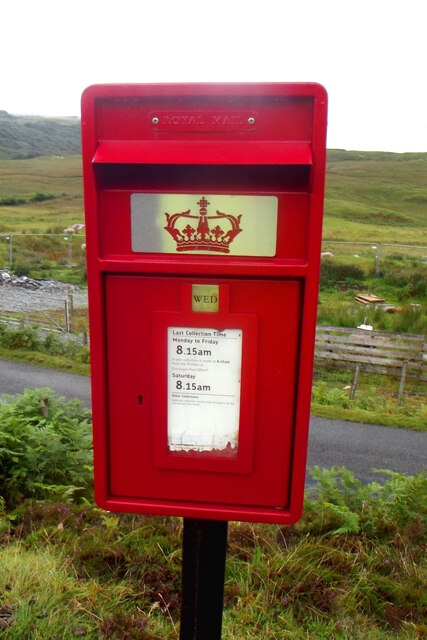
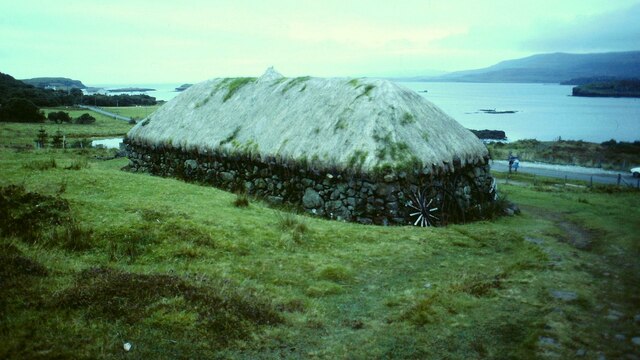
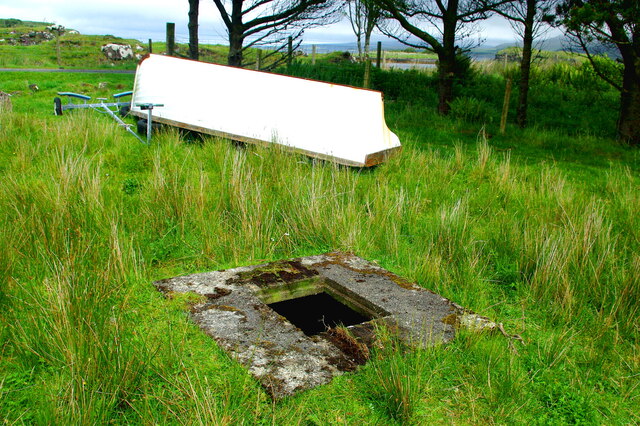
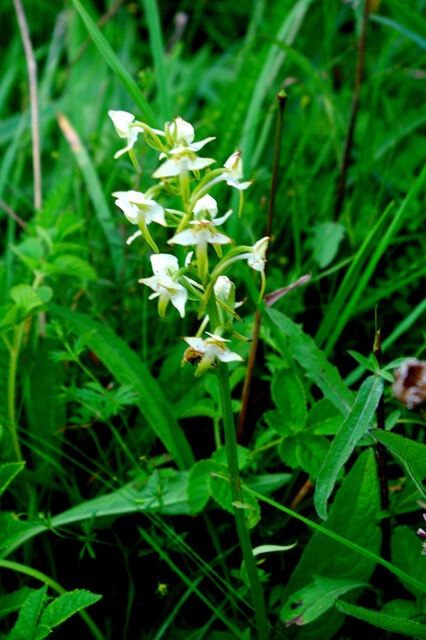
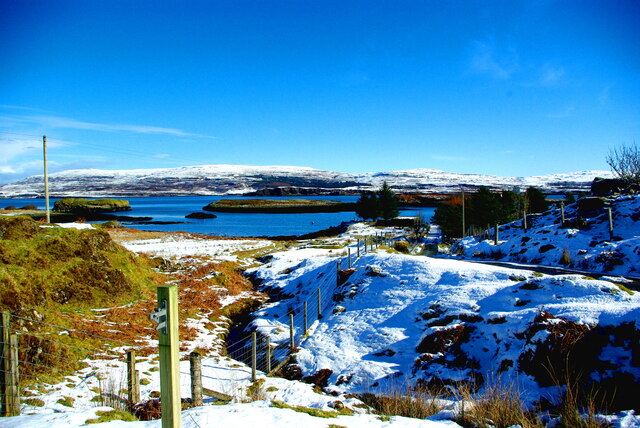
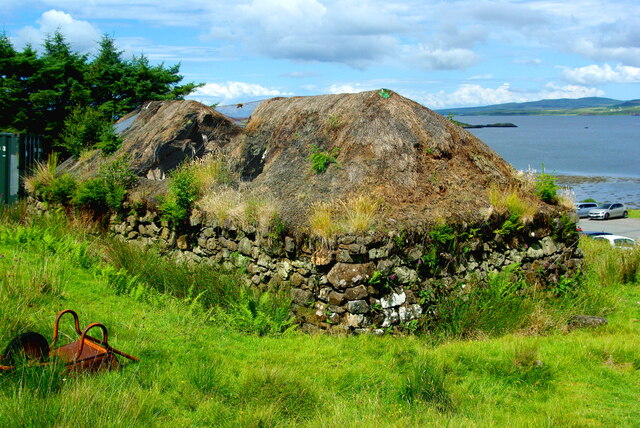
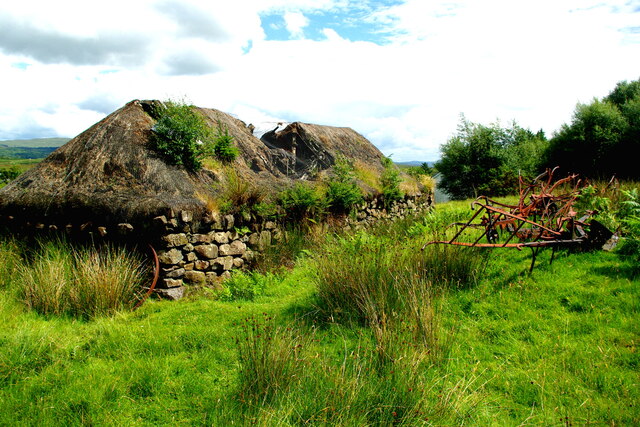
Cnoc a' Bhonnaich Mòr is located at Grid Ref: NG2148 (Lat: 57.44153, Lng: -6.6432771)
Unitary Authority: Highland
Police Authority: Highlands and Islands
What 3 Words
///defended.reds.lakeside. Near Glendale, Highland
Nearby Locations
Related Wikis
The Three Chimneys
The Three Chimneys is a restaurant in Colbost, Isle of Skye, Scotland. While in operation beforehand, the restaurant came to prominence after being taken...
Colbost
Colbost (Scottish Gaelic: Cealabost) is a scattered hamlet on the B884 road, in the Glendale estate, overlooking Loch Dunvegan on the Scottish island of...
Duirinish, Skye
Duirinish (Scottish Gaelic: Diùirinis) is a peninsula and civil parish on the island of Skye in Scotland. It is situated in the north west between Loch...
Eilean Mòr, Loch Dunvegan
Eilean Mòr is an uninhabited island in Loch Dunvegan in north west Skye, Scotland. At low water the island is connected to Eilean Dubh. == Footnotes ==
Nearby Amenities
Located within 500m of 57.44153,-6.6432771Have you been to Cnoc a' Bhonnaich Mòr?
Leave your review of Cnoc a' Bhonnaich Mòr below (or comments, questions and feedback).
